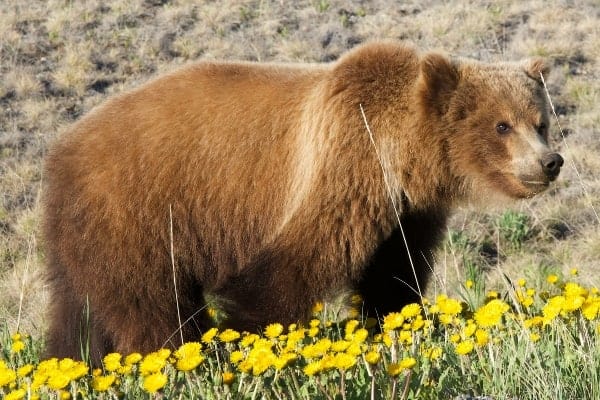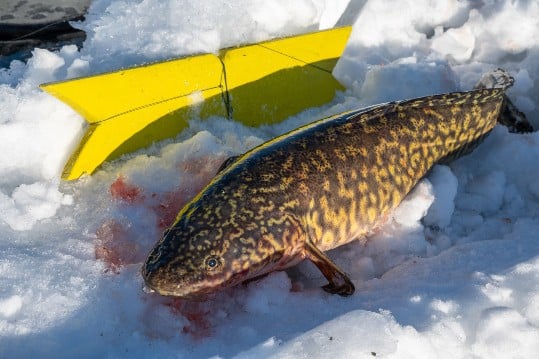Wondrous views await the cosmic tourist in the month of April.
The end of March and the first two weeks of April are sometimes referred to as, the Changing of the Guard. This means the winter constellations are slowly sinking lower into the horizon, while springtime constellations are rising higher each evening into the night sky.
This presents a unique opportunity for those with a passion for the night sky. With binoculars or a telescope, some careful planning and a star chart, you can see an incredible number of nebulae, star clusters and galaxies in a single observing session.
You will need to have yourself organized and ready to go before sundown, and don’t expect to be home much before sunrise.
The early evening observing session starts with the winter constellations like Orion, Taurus and Gemini. Here you will be visiting the Orion nebula, and a couple of beautiful open clusters.
Around the midnight hour you are cruising the springtime constellations, and hunting galaxies in the constellation of Virgo and Leo. With even a small telescope every type of galaxy is represented here, from spirals, edge-on, face-on, and bridging galaxies.
And finally by the early morning hours you are looking deep into the constellation of Cygnus the Swan, Hercules, Lyra and other summer constellations.
As for the planets in April, brilliant Venus is hard to miss, resting on the western evening sky. By month’s end, Venus will begin to disappear behind the sun and be hidden from our view.
Mars is rising higher each evening into the night sky, but is also growing rapidly more distant, and will soon disappear from view for another couple of years.
By the end of April, Jupiter will drop off the horizon and slide behind the sun and be obscured from our view for a few weeks.
On April 15, Saturn will start rising in the eastern evening sky, next to the bright star Spica in the constellation of Virgo. April, May, and June offer the best viewing opportunities for Saturn and her intricate rings, and moons.
On April 3 in the evening hours, a spectacular view of Venus passing by the Pleiades star cluster, also known as the Seven Sisters, is taking place in the evening sky. This will be a fabulous sight for binoculars, telescopes and even the unaided eye. This is also a premium photo opportunity.
April 6 in the evening you will see the moon, Saturn and the bright star Spica in a tight grouping on the south-eastern horizon. This is an excellent photo opportunity, and will be a great view in binoculars or a telescope.
April 21 the Lyrid meteor shower peaks, and with a new moon there will be very little moonlight to interfere with the meteor shower. It has been awhile since we have had a decent meteor shower, and I am looking forward to taking some photos.
Also happening on April 21 is an opportunity to see a 21-hour-old moon. At about 9 or 9:30 p.m., look to the northwest horizon with a pair of binoculars or a wide-field telescope.
You will need crystal clear skies and a perfect horizon. Here is what you seek: a small, pencil line-thick crescent moon. As this is taking place close to the horizon, it will present another great photo opportunity.
April 24 brings a crescent moon resting five degrees, or one binocular field of view, below brilliant Venus.
With the constellation of Orion to the left, the Pleiades star cluster to the lower right, and Jupiter resting on the horizon, this makes for an awesome view and a memorable photograph.
On April 30, Venus will be at its brightest for this springtime observing session. In a pair of binoculars, a very bright orb is all that can be seen, but in a telescope, a crescent like our moon presents a much more impressive view.
The northern lights have been putting on quite a show lately, and as we are coming up to the solar maximum, they should only get more intense and more frequent.
Dust off your binoculars or telescope, charge up your digital camera batteries, grab a current issue of Sky News Magazine, and head outside and take a look for yourself. Better yet, head up to the Grey Mountain Lookout Point on a clear Saturday night and join the group and take a look through the telescopes.
Clear Skies!
James “Deep Sky” Cackette can be reached at [email protected]. See his photo adventures on Facebook at Yukon Night Skies.




